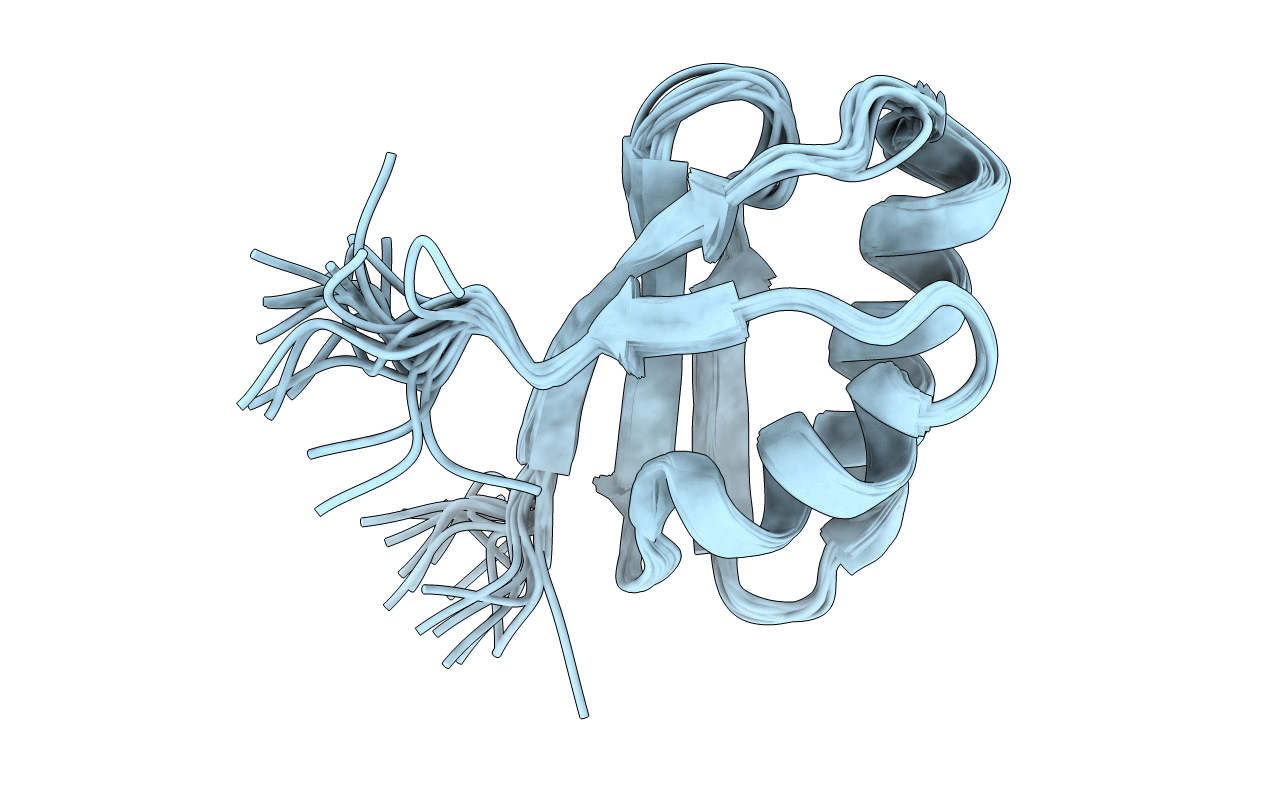
Deposition Date
2005-08-01
Release Date
2006-05-02
Last Version Date
2024-05-29
Entry Detail
Biological Source:
Source Organism:
Listeria monocytogenes (Taxon ID: 1639)
Host Organism:
Method Details:
Experimental Method:
Conformers Calculated:
200
Conformers Submitted:
20
Selection Criteria:
target function


